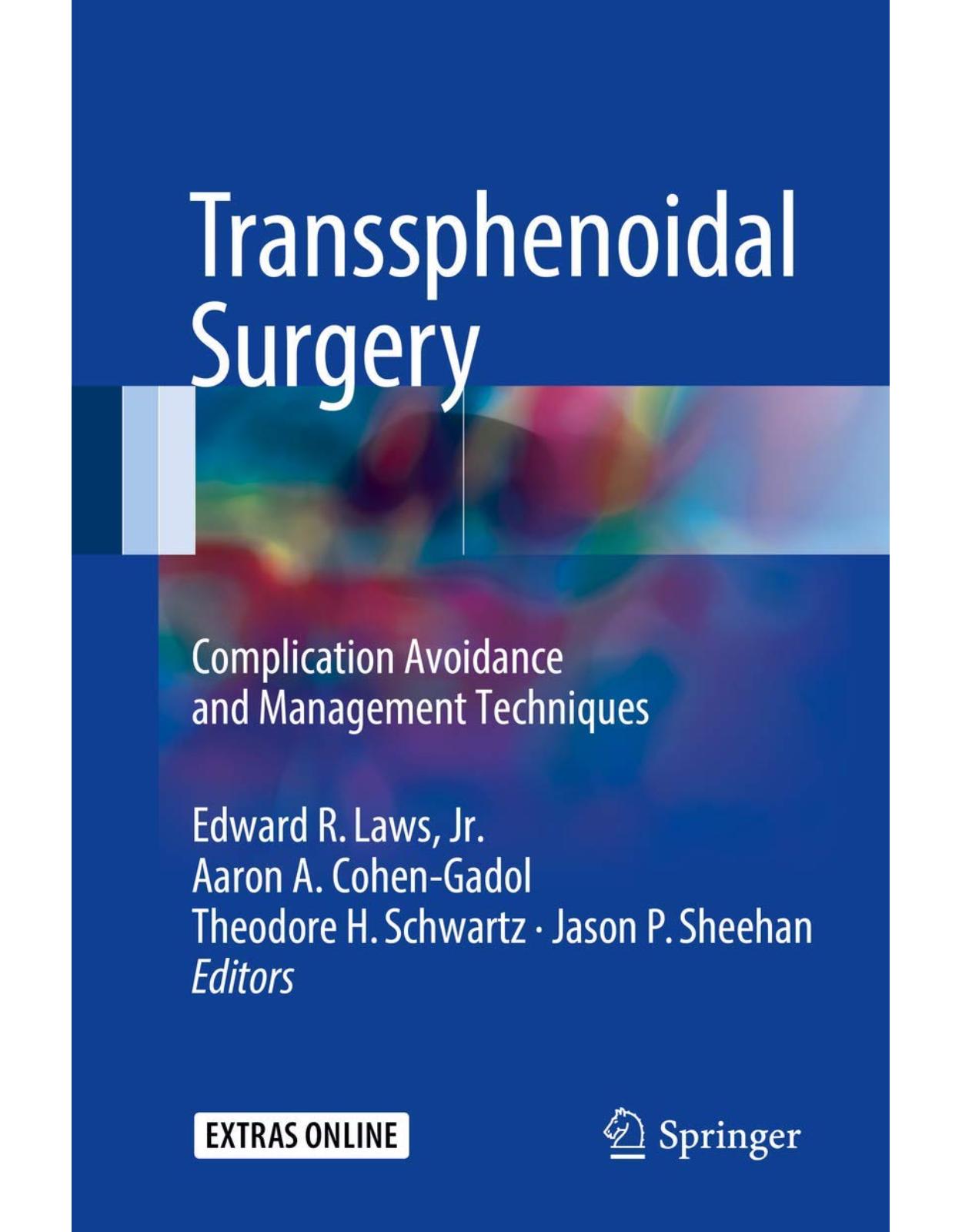
Transsphenoidal Surgery
Livrare gratis la comenzi peste 500 RON. Pentru celelalte comenzi livrarea este 20 RON.
Description:
This work details contemporary clinical knowledge on the multidisciplinary management of pituitary and other sellar/parasellar tumors, with a focus on surgical techniques and a particular emphasis on complication avoidance and management. International experts provide guidance on natural history, radiologic and clinical aspects, surgical indications, and resection techniques.In addition, case presentations and clinical photographs help the reader reduce the risk of error and advance their own surgical skills. Readers also have access online to streaming videos of key procedures to help them provide the best possible outcomes for every patient. Transsphenoidal Surgery: Complication Avoidance and Management Techniques will be of great value to Neurosurgeons, Otolaryngologists, Endocrinologists, Radiation Oncologists, and residents and fellows in these specialties.
Table of Contents:
1: Evolution of Pituitary Surgery and the Transsphenoidal Approach
Introduction
Early Approaches to the Pituitary
Endoscopy in Transsphenoidal Surgery
Extended Transsphenoidal Approaches
Conclusions
References
2: The History of Trans-sphenoidal Surgery for Pituitary Tumours
Understanding and Diagnosis of Pituitary Tumours
Surgical Approaches
Transcranial Surgery
Trans-sphenoidal Surgery
Oscar Hirsch
Harvey Cushing
Norman Dott
Gerard Guiot
Jules Hardy
Image Guidance and Intraoperative MRI
Endoscopic Pituitary Surgery
Extended Trans-sphenoidal Surgery
Conclusion
References
3: Principles and Pitfalls of Anesthesia for Transsphenoidal Surgery
Background
Preoperative Assessment
Prolactinomas
Acromegaly
Cushing’s Disease
Thyrotropic Adenomas
Nonfunctioning Adenomas
Intraoperative Management
Surgical Factors
Airway Management
Positioning and Preparation for Surgery
Monitoring
Maintenance of Anesthesia
Postoperative Considerations
Pain
Nausea and Vomiting
CSF Leak, Cranial Nerve Injury, and Visual Field Deficits
Hypopituitarism and Postoperative Hormone Screening
Disorders of Water Balance: Diabetes Insipidus (DI) and Syndrome of Inappropriate Antidiuretic H
Conclusion
References
4: Operative Indications and Pitfalls in Patient Selection for Surgery of Pituitary Tumors
Preoperative Evaluation
Radiological Diagnosis
Rhinological Evaluation
Endocrinology Evaluation
Neuro-ophthalmology
Surgical Indications by Lesion
Prolactinomas
Acromegaly
Cushing’s Disease
Thyrotropic Adenoma
Nonfunctioning Tumors
Pituitary Apoplexy
Craniopharyngiomas
Meningiomas
Infundibular/Hypothalamic Tumors
Cysts
Metastasis
Reoperations
Conclusion
References
5: The Perioperative and Postoperative Care for Pituitary Patients
Introduction
Preoperative Hormonal Analysis
Disorders of Water Metabolism: Diabetes Insipidus and SIADH
Diabetes Insipidus
Incidence
Diagnosis
Postoperative Clinical Course of DI and Possible SIADH Phase
Indications for Treatment in DI
Adrenal Insufficiency
Special Considerations in Patients with Cushing’s Disease
Conclusions
References
6: Neuro-ophthalmology of Pituitary Tumors
Neuro-anatomy of the Optic Chiasm and Relation to Visual Symptoms
The Neuro-ophthalmic Examination
Perimetric Assessment of the Visual Fields
Patterns of Visual Field Loss
Structural Assessment of the Optic Pathways
Fundus Examination
Optical Coherence Tomography
Management of Visual Loss
Postoperative Visual Loss
Efferent Neuro-ophthalmic Complications of Sellar Tumors
Special Considerations
Conclusion
References
7: Rhinologic Evaluation of Patients Undergoing Transsphenoidal Surgery
Historical Perspective
Nasal Functions and Physiology
Paranasal Sinus Function and Physiology
Preoperative Considerations/Workup
Imaging
Postoperative Rhinologic Evaluation
References
8: Imaging of the Sella and Parasellar Region
Introduction
Imaging Anatomy of the Pituitary and Parasellar Region
Imaging Protocol
Pathology of Sella and Parasellar Region
Tumors
Pituitary Adenoma
Pituitary Apoplexy
Craniopharyngioma
Tuber Cinereum Hamartoma
Meningioma
Schwannoma
Hypothalamic Pilocytic Astrocytoma
Germ Cell Tumors
Chordoma
Chondrosarcoma
Tumor-like Lesions
Langerhans Cell Histiocytosis
Sarcoidosis
Cysts
Rathke’s Cleft Cyst
Epidermoid Cyst
Dermoid Cyst
Miscellaneous Nontumoral Conditions
Intracranial Hypotension
Empty Sella
Operative Planning
Postoperative Imaging Evaluation
Conclusion
References
9: Classification, Pathobiology, Molecular Markers, and Intraoperative Pathology
Pituitary Neuroendocrine Tumors
Introduction
Molecular Genetics of Pituitary Adenomas
Classification of Pituitary Adenomas
Specific Subtypes of Pituitary Adenomas
Lactotroph Adenomas
Somatotroph Adenomas
Adenomas Secreting GH and PRL
Corticotroph Adenoma
Thyrotroph Adenomas
Gonadotroph Adenomas
Null Cell Adenomas
Plurihormonal Adenomas
Tumor Grading
Pituitary Carcinoma
Pituitary Blastoma
Pituitary Non-neuroendocrine Tumors
Introduction
Specific Characteristics of the Tumors
Pituicytoma
Granular Cell Tumor of the Neurohypophysis
Spindle Cell Oncocytomas
Craniopharyngioma
References
10: Surgical Anatomy of the Sellar Region
Introduction
Sphenoid Bone
Pituitary Gland
Diaphragma Sellae
Cavernous Sinus
Suprasellar Region
Retrosellar Region: Interpeduncular Cistern
Conclusion
References
11: Combined Hybrid Microscopic and Endoscopic Transsphenoidal Surgery: Anatomy, Instrumentation, a
Introduction
Case Preparation
Periprocedural Communication and Safety
OR Setup
Patient Positioning and Preparation
Lumbar Drain
Surgical Technique
Postoperative Care
Conclusion
References
12: Transcranial Approaches to the Sellar and Parasellar Areas
Introduction
Surgical Considerations
Pterional Approach
Orbitozygomatic Approach
Bifrontal Approach
Unilateral Subfrontal
Supraorbital Keyhole Approach
Subtemporal Approach
Final Thoughts
References
13: Endoscopic Transsphenoidal Surgery: Anatomy, Instrumentation, and Technique
Introduction
Endoscopic Anatomy of the Skull Base: The Endonasal Perspective
The Anterior Skull Base
The Middle Skull Base
The Posterior Skull Base
Endoscopic Endonasal Approaches
Basic Concepts
Surgical Instrumentation
Patient Positioning
The Transtuberculum Transplanum Approach to the Suprasellar Area
Approach to the Ethmoidal Planum
Approaches to the Cavernous Sinus and Lateral Recess of the Sphenoid Sinus
Approach to the Medial Compartment of the Cavernous Sinus
Approach to the Lateral Compartment of the Cavernous Sinus and to the Lateral Recess of the
Approach to the Clivus, Cranio-vertebral Junction, and Anterior Portion of the Foramen Magnum
Reconstruction Techniques
Conclusions
References
14: Three-Dimensional Endoscopy for Skull Base Surgery
Introduction
Historical Developments in Endoscopic Transsphenoidal Surgery
Technical Basis of Three-Dimensional Endoscopy
Advantages of Three-Dimensional Visualization
Disadvantages of Three-Dimensional Visualization
Implementation of Three-Dimensional Endoscopy in Transsphenoidal Surgery
Senior Author’s Experience
Conclusions
References
15: Endoscopic Transsphenoidal Pituitary Surgery: Results and Complications
Introduction
Nonfunctional Adenomas
Functional Adenomas
Prolactinomas
GH-secreting Adenomas: Acromegaly
ACTH-secreting Adenomas: Cushing’s Disease
Complications
Conclusion
References
16: Intraoperative Imaging for Pituitary Surgery
Introduction
Intraoperative MRI
Basic Setup
Low-Field iMRI (Less Than 1.5 Tesla)
High-Field iMRI (1.5 Tesla and Greater)
Washington University Experience
Multimodality Image Integration
Intraoperative MRI and Endoscopy
Cost-Effectiveness of iMRI for Pituitary Surgery
Limitations of Current Studies
Other Modalities
Intraoperative CT
Intraoperative Ultrasound
Nonradiographic Imaging
Summary
References
17: The Role of Endoscopic Transsphenoidal Surgery in the Management of Complex Lesions Involvin
Introduction
Endoscopic Endonasal Corridors
Sagittal Plane Approaches
Transsellar Approach
Transcribriform Corridor
Transplanum Transtuberculum Approach
Transclival Approach
Transodontoid Approach
Coronal Plane Approaches
Transpterygoid Approach
Approach to the Petrous Apex
Transcavernous Approach
Operative Techniques
Patient Positioning
Sagittal Plane Approaches
Transsellar Approach
Transcribriform Approach
Transplanum Transtubercular Approach
Transclival and Transodontoid Approaches
Coronal Plane Approaches
Transpterygoid Approach
Approach to the Petrous Apex
Transcavernous Approach
Reconstruction
Complications
Combined Transcranial and Endoscopic Endonasal Approaches
Conclusions
References
18: Closure Methods Following Transsphenoidal Surgery
Introduction
Multilayer Reconstruction
Vascularized Reconstruction
Other Vascularized Flaps Following Pituitary/Parasellar Surgery
Middle Turbinate Flap
Inferior Turbinate/Lateral Nasal Wall Flap
Postoperative Care
Complications
Conclusions
References
19: Complications with Transsphenoidal Surgery: A Review
Introduction
Phases of Care
The Clinic: Patient Selection
Operating Suite – Preincision
Surgical Approach
Tumor Resection
Closure
Postoperative Management: Inpatient
Postoperative Management: Outpatient
Major Complications
Vascular Injury
Cranial Nerve Injury
Cerebrospinal Fluid Leakage
Repair
Meningitis
Hypopituitarism
Diabetes Insipidus
SIADH
Anterior Gland Dysfunction
“Minor” Endocrine Issues
Fluid and Sodium Issues
Minor Complications
Anesthesia-Related Complications
Invasive Catheters
Airway Issues
Urinary Catheters
Other Anesthesia-Related Issues
Positioning-Related Issues
Sinonasal Complications
Oral Complications
Fat Graft Harvest Site Complications
Conclusions
References
20: Rhinological Complications: Avoidance and Management
Perioperative Rhinological Management
Immediate Rhinological Complications
Vascular Perioperative Complications
Intraoperative Unplanned Cerebrospinal Fluid Leak
Nasal Vestibule Burns
Immediate Postoperative Cerebrospinal Fluid Leak
Postoperative Rhinological Management
Delayed Rhinological Complications
Crusting
Synechiae
Postoperative Sinusitis
Acute Rhinosinusitis
Chronic Rhinosinusitis
Olfaction Loss
Conclusion
References
21: Medical Management for Pituitary Adenoma Patients
Introduction
Background Physiology
Hypopituitarism
Background and Diagnosis
Medical Treatment of Hypopituitary Patients
Functional Pituitary Tumors: Background and Diagnosis
Prolactinoma
Medical Therapy for Cushing’s Disease
Introduction
Steroidogenesis Inhibitors: General Principles
Ketoconazole
Metyrapone
Mitotane
Etomidate
Cabergoline
Pasireotide
Glucocorticoid Receptor Antagonists (Mifepristone)
Combination Therapy
Medical Therapy of Acromegaly
Cabergoline Therapy in Acromegaly
Pegvisomant
Somatostatin Receptor Ligands
Combination Medical Therapy in Acromegaly
TSH-Secreting Pituitary Adenoma
Conclusion
References
22: Transsphenoidal Surgery for Recurrent Pituitary Disease
Introduction
Recurrent Disease
Indications for Repeat Surgery
Preoperative Management
Intraoperative Preparation and Positioning
Transsphenoidal Access
Endoscopic Approaches
Sphenoid Sinus Exploration
Sellar Phase
Tumor Removal
Image Guidance
Reconstruction and Closure
Postoperative Care
Complications
Outcomes
Summary
References
23: Transsphenoidal Surgery for Craniopharyngiomas
Introduction
Treatment Strategy and the Endoscopic Endonasal Transsphenoidal Approach
Preoperative Evaluation and Imaging Findings
Craniopharyngioma Classification and Preoperative Planning
Endoscopic Endonasal Transsphenoidal Surgical Technique for Craniopharyngiomas
Preparation and Positioning
Nasal and Sinus Exposure
Skull Base Exposure and Tumor Resection
Type I: Preinfundibular Craniopharyngiomas
Type II: Transinfundibular Craniopharyngiomas
Type III: Retroinfundibular Craniopharyngiomas
Reconstruction
Major Intraoperative Complication Avoidance and Management
Postoperative Care
References
24: Transsphenoidal Surgery for Cushing’s Disease
Preoperative Evaluation
Decision for Surgery
Surgical Indications
Preoperative Difficulties for Cushing’s Disease
Surgical Techniques
Endoscopic Versus Microscopic
Post-op
References
25: Transsphenoidal Surgery for Acromegaly
Introduction
Diagnostic Aspects
Surgical Considerations
Postoperative Management and Outcomes
Complication Avoidance in Endoscopic Pituitary Surgery
Conclusions
References
26: Transsphenoidal Surgery for Prolactinomas
Introduction
Interpreting Failure and Limitations of Medical Management
Prognostic Factors for Surgical Treatment
Assessing Postoperative Remission
Surgical Morbidity and Mortality
Consideration of Surgery as Primary Treatment Modality
Summary
References
27: Transsphenoidal Surgery for Nonfunctioning Pituitary Adenomas
Background
Preoperative Evaluation
Nonsurgical Options
Surgery
Postoperative Complications
Recurrence
Radiotherapy
Follow-Up
Conclusions
References
28: Pituitary Tumors in Pediatric Patients
Introduction
Transsphenoidal Surgery in Pediatric Patients
Pituitary Adenomas
Prolactinomas
Pediatric Cushing’s Disease
Growth Hormone Secreting Tumors
Craniopharyngioma
Complications from Transsphenoidal Surgery
Conclusions
References
29: Pituitary Apoplexy
Introduction
Epidemiology
Etiology and Pathophysiology
Precipitating Factors
Clinical Presentation
Headache
Endocrine Dysfunction
Visual Symptoms
Altered Consciousness
Other Findings
Differential Diagnosis
Radiologic Findings
Management
Operative Management
Is there a Role for Conservative Nonsurgical Management of Pituitary Apoplexy?
Pathology
Postoperative Care
Conclusions
References
30: Anatomical Approaches to Giant Pituitary Tumors
Introduction
Surgical Goals and Preoperative Planning
Challenges in Giant Pituitary Adenoma Resection
Management Strategy
Surgical Approaches
Microscopic and Endoscopic Endonasal Transsphenoidal Surgery
Open Transcranial Approaches
References
31: Postoperative Management of Patients Following Transsphenoidal Surgery
Introduction
Inpatient Considerations
Postoperative Steroids
Postoperative Hormone Testing
Sodium and Water Homeostasis
Imaging
Outpatient Considerations
Sinonasal Corridor
Visual Field Testing
Biochemical Follow-Up
References
32: Stereotactic Radiosurgery for Pituitary Adenomas
Introduction
History
Treatment Strategy and Patient Selection
Pre-SRS Evaluation
Radiosurgical Technique and Planning
Stereotactic Frame Replacement
Radiographic Images
Treatment Planning and Dose Selection
Outcomes of Radiosurgery for Nonfunctioning Pituitary Adenomas
Outcomes of Radiosurgery for Functioning Pituitary Adenomas
Complications
Hypopituitarism and Hypothalamic Dysfunction
Cranial Neuropathy
Late Adverse Radiation Effects
Special Considerations and Debates
Comparison of External Beam Radiation Therapy (EBRT) Versus Radiosurgery for the Management of
Role of Upfront Radiosurgery
Various Histological Entities of Nonfunctioning Adenomas Versus the Efficacy of SRS
Various Histological Entities Refine the Treatment Strategy of Functioning Adenomas
The Apparent Radioresistant Effects of Antisecreting Medications
Whole-sellar SRS for MR Indeterminate Functioning Adenomas
Conclusions
Reference
33: Radiation Therapy for Pituitary Tumors
Introduction
Modalities of Radiation Therapy
Fractionation
Gamma Knife Radiosurgery
Linear Accelerator-Based Stereotactic Radiosurgery
Fractionated Radiation Therapy
CyberKnife
Proton Therapy
Nonfunctioning Adenomas
Functioning Adenomas
Corticotroph Adenomas (Cushing’s Disease, ACTH-Secreting Pituitary Adenomas)
Somatotroph Adenomas (Acromegaly, Growth Hormone-�Secreting Pituitary Adenoma)
Lactotroph Adenomas (Prolactinoma, Prolactin-Secreting Pituitary Adenoma)
Other Pituitary Adenomas
Radiation-Related Adverse Effects
Hypopituitarism
Visual Pathway Injury
Other Cranial Nerve Deficits
Secondary Tumors
Strokes
Conclusion
References
34: Cytotoxic Chemotherapy and Targeted Therapy for Aggressive Pituitary Tumors
Introduction
Cytotoxic Chemotherapy
Biomarkers Predictive of Response
Anti-angiogenic Therapy
Targeted Therapy
Indications for Chemotherapy
The Future of Chemotherapy for Pituitary Tumors
Conclusions
References
35: Quality of Life in Patients with Pituitary Adenomas
Introduction to Quality of Life
Quality of Life Scales Used in Transsphenoidal Surgery and Pituitary Tumors
General HRQoL Scales
Karnofsky Performance Scale
12-Item Short Form Health Survey and 36-Item Short Form Health Survey
Site- and Disease-Specific QOL Scales
Anterior Skull Base Questionnaire
Anterior Skull Base Nasal Inventory
Sino-Nasal Outcome Test
Acromegaly Quality of Life Questionnaire
Cushing Quality of Life Survey
Factors Affecting QOL in Patients with Pituitary Tumors
Nonsurgical Factors
Hypopituitarism
Morbidity and Efficacy of Medical Therapy
Surgical Factors
Expected Perioperative Quality of Life Alterations
Endoscopic Versus Microscopic Transsphenoidal Surgical Approach
Nasoseptal Flaps
Middle Turbinate Resection
Olfaction
Complications
Specific QOL Concerns in Patients with Functional Pituitary Adenomas
Summary and Future Directions
References
Index
| An aparitie | 2017 |
| Autor | Laws, Jr |
| Dimensiuni | 16.74 x 3.96 x 24.49 cm |
| Editura | Springer |
| Format | Hardcover |
| ISBN | 9783319566894 |
| Limba | Engleza |
| Nr pag | 646 |

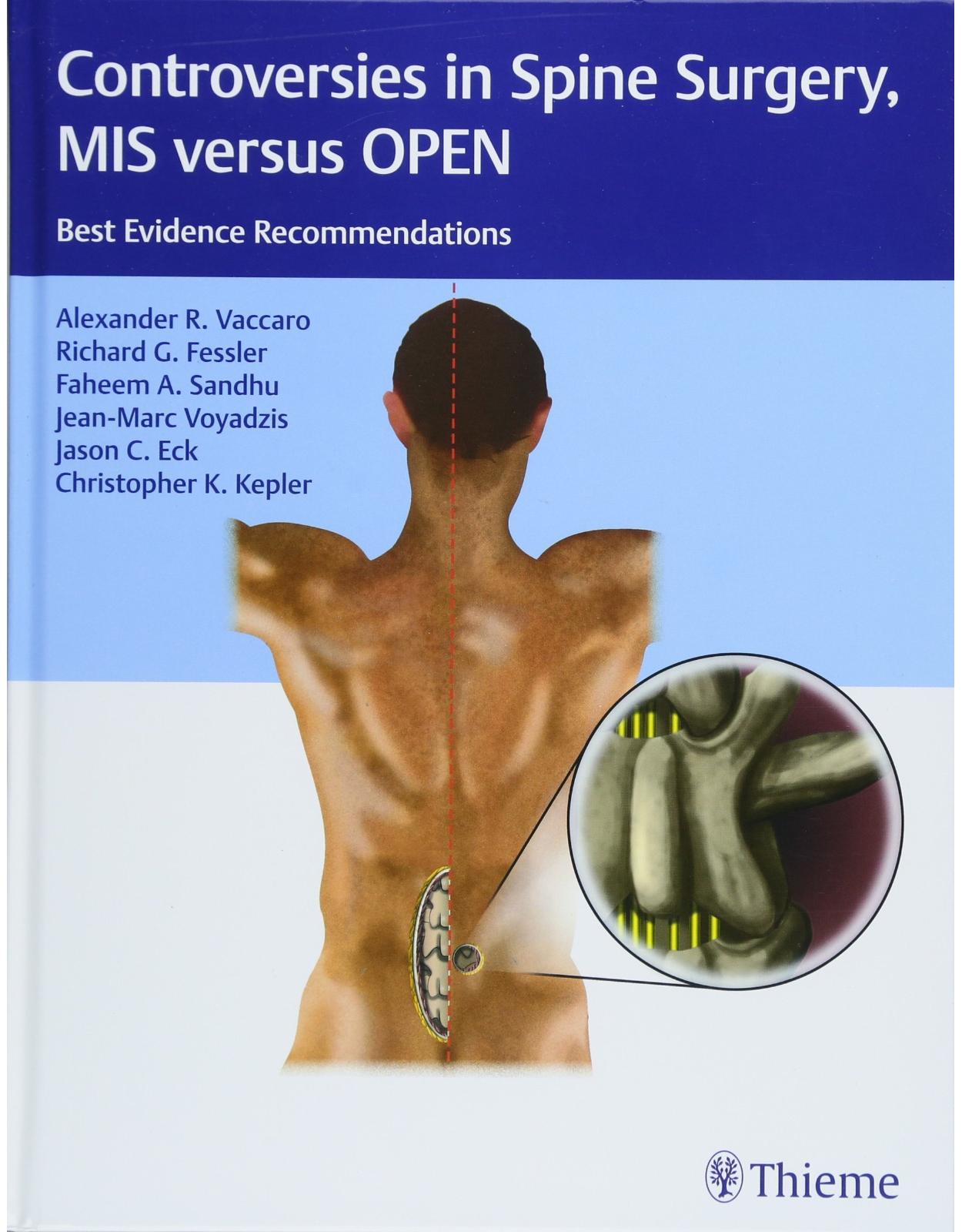
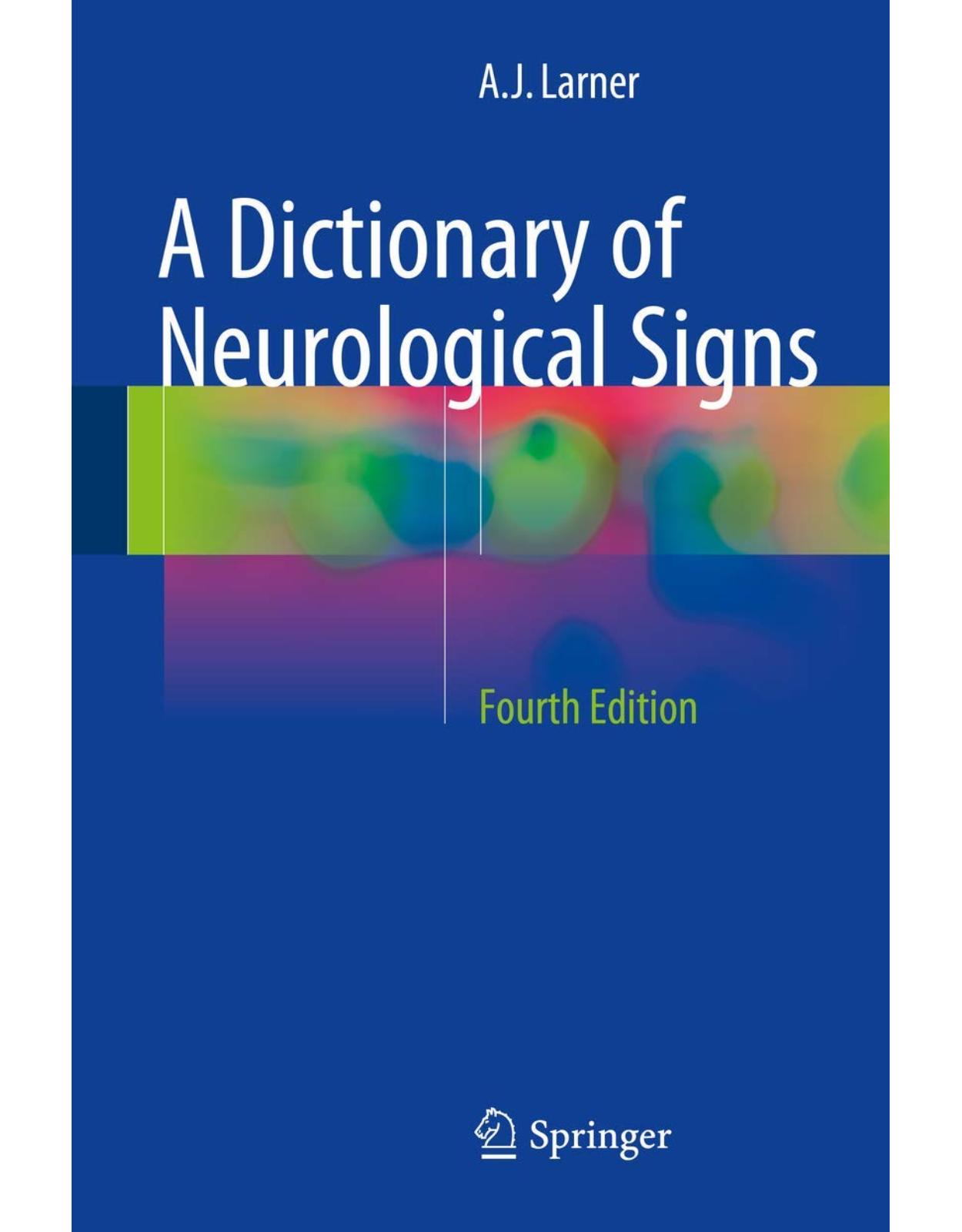
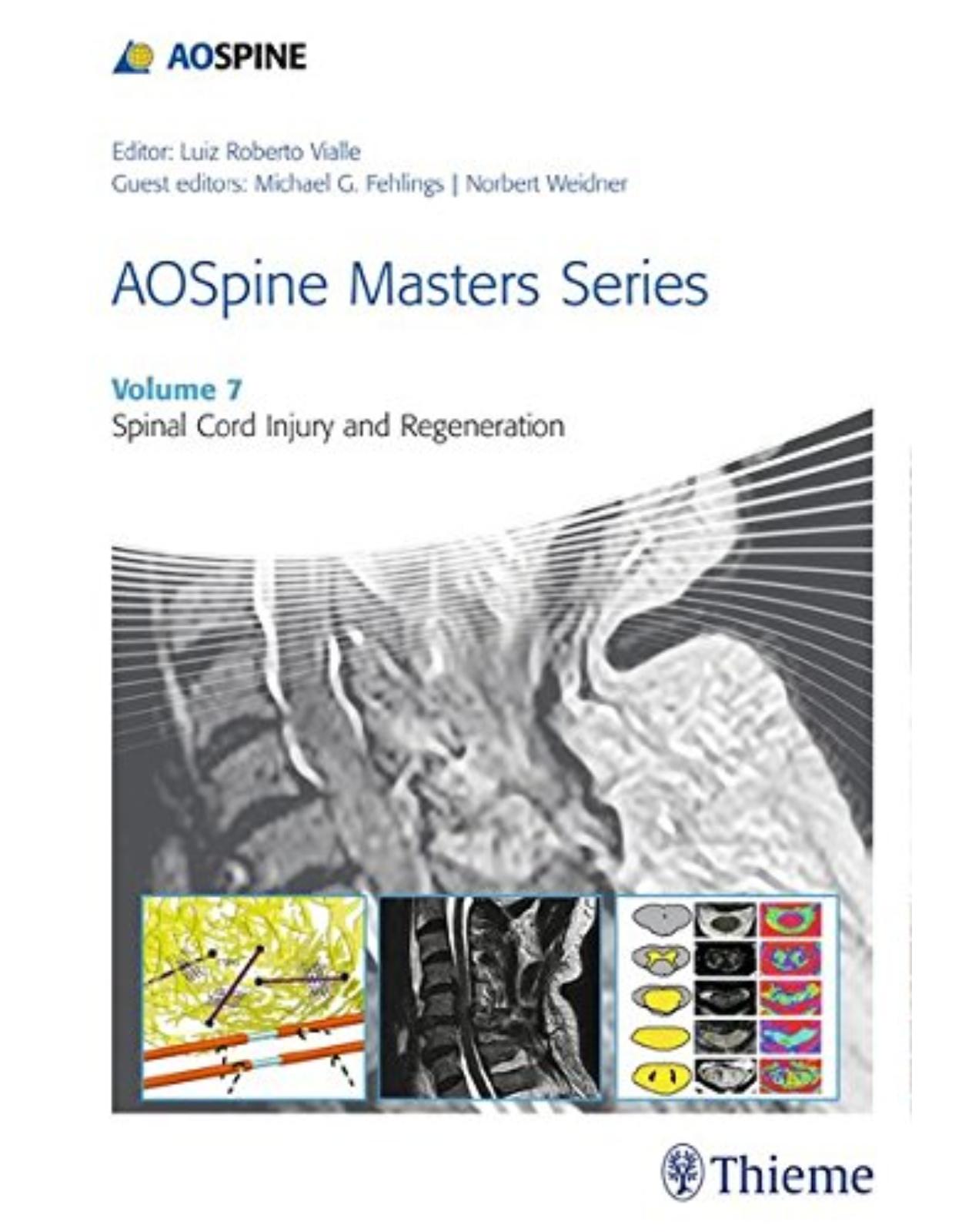
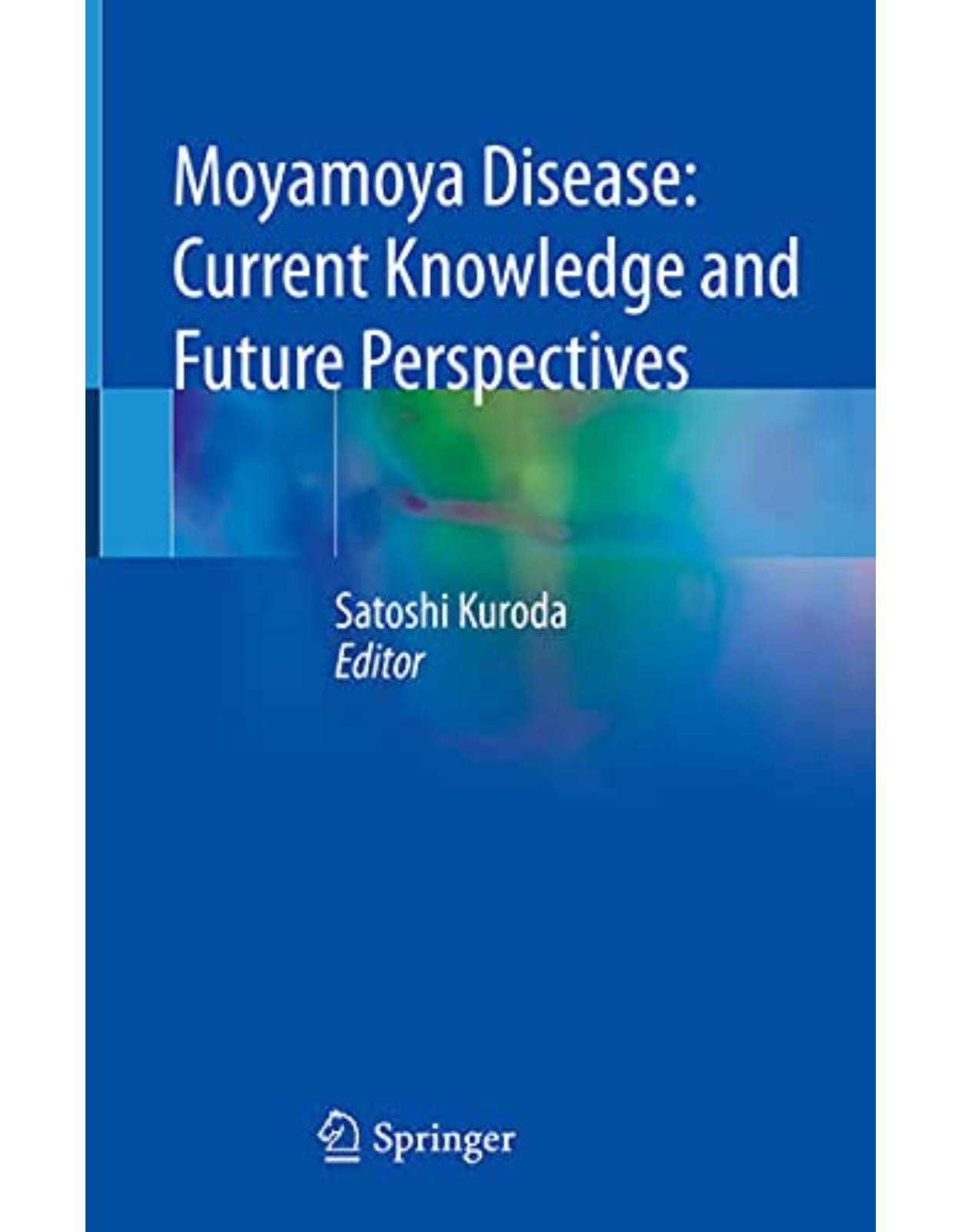
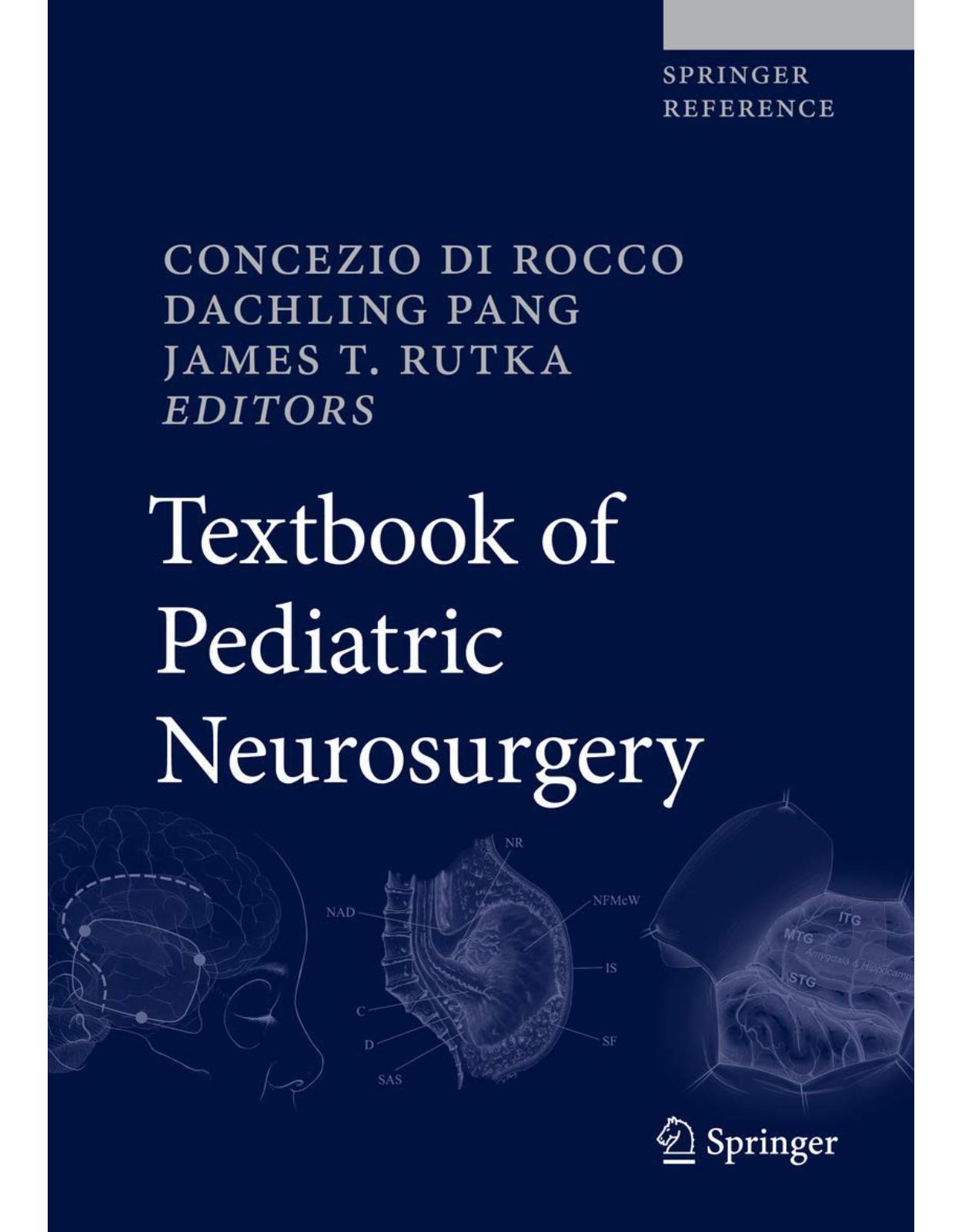
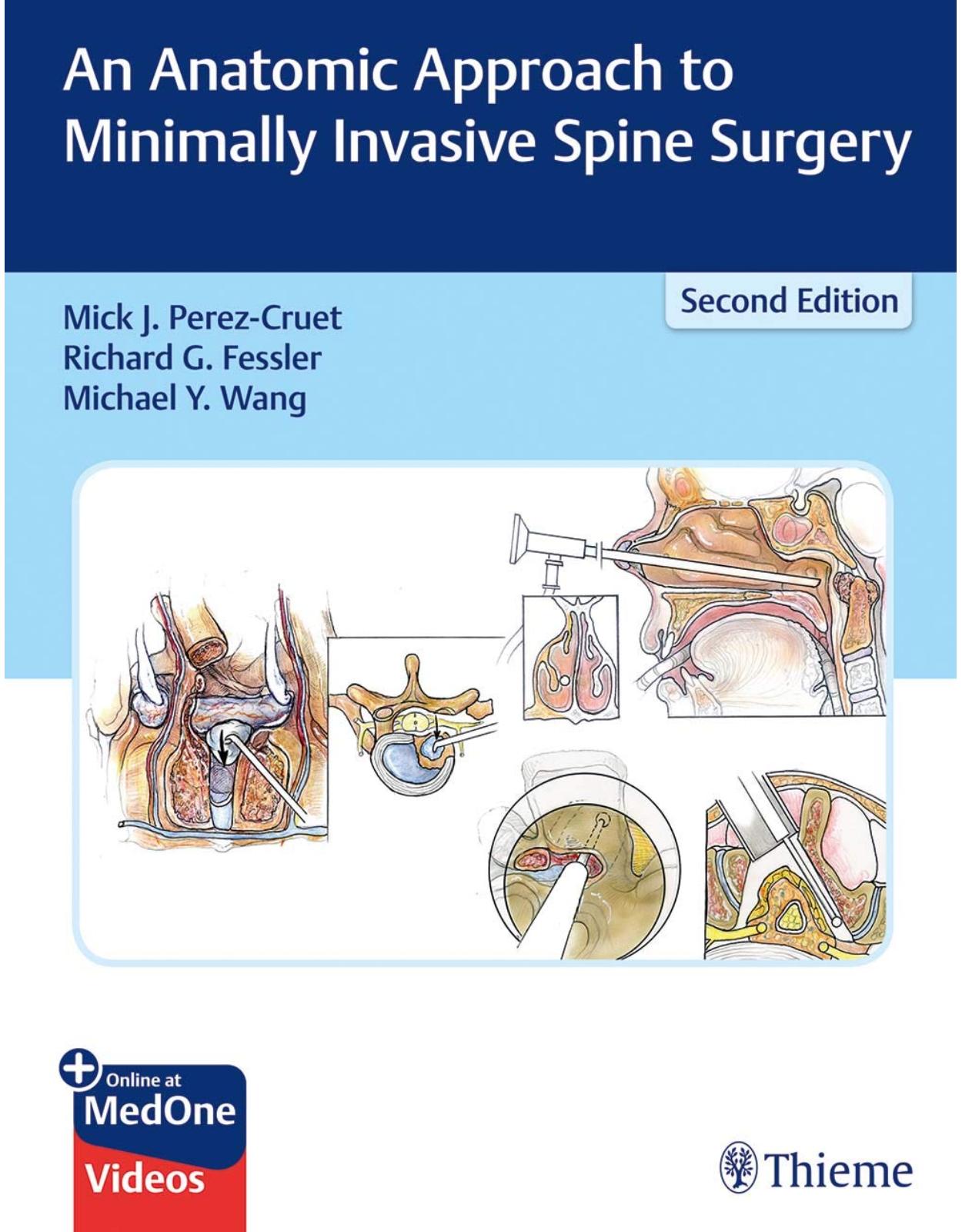
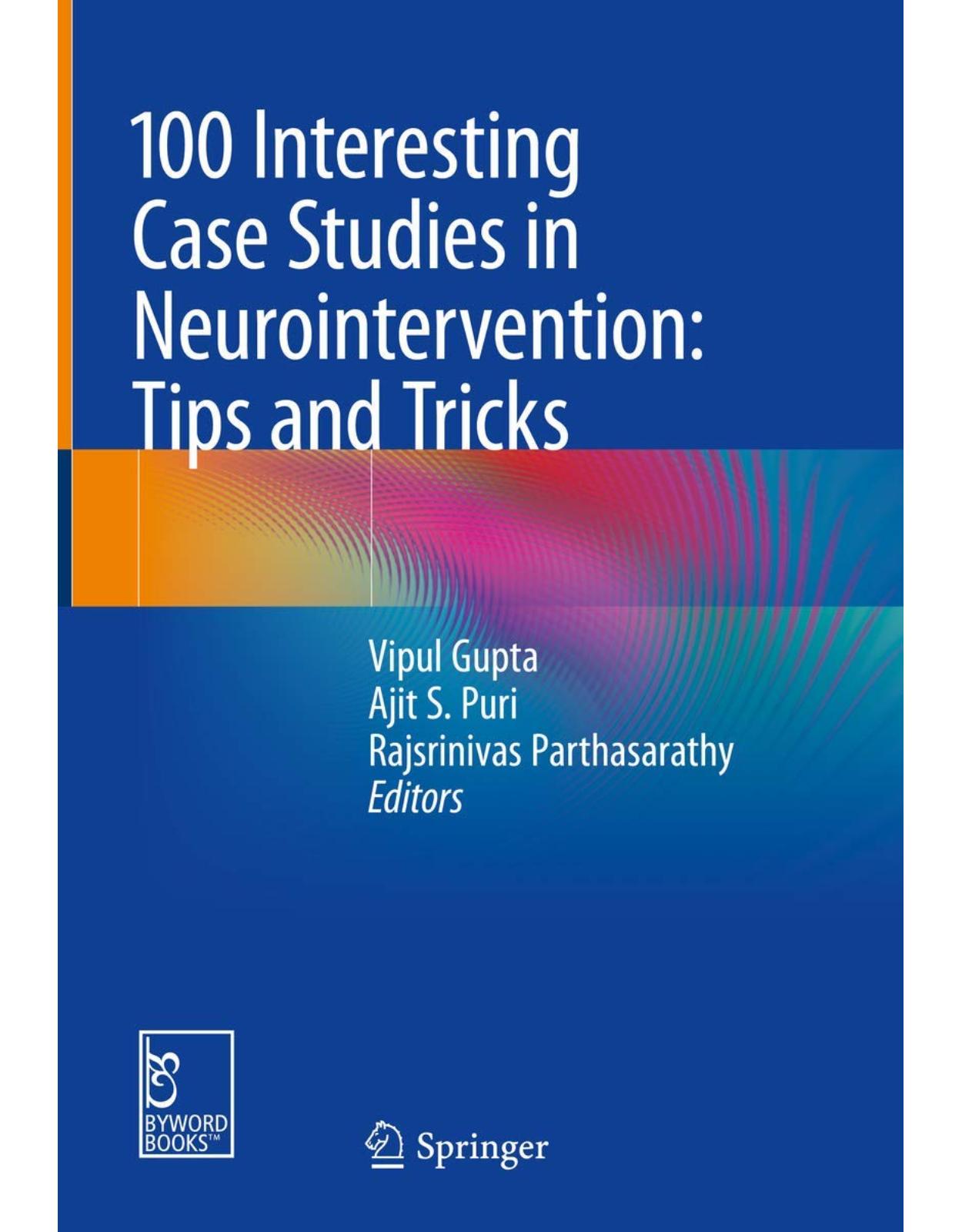
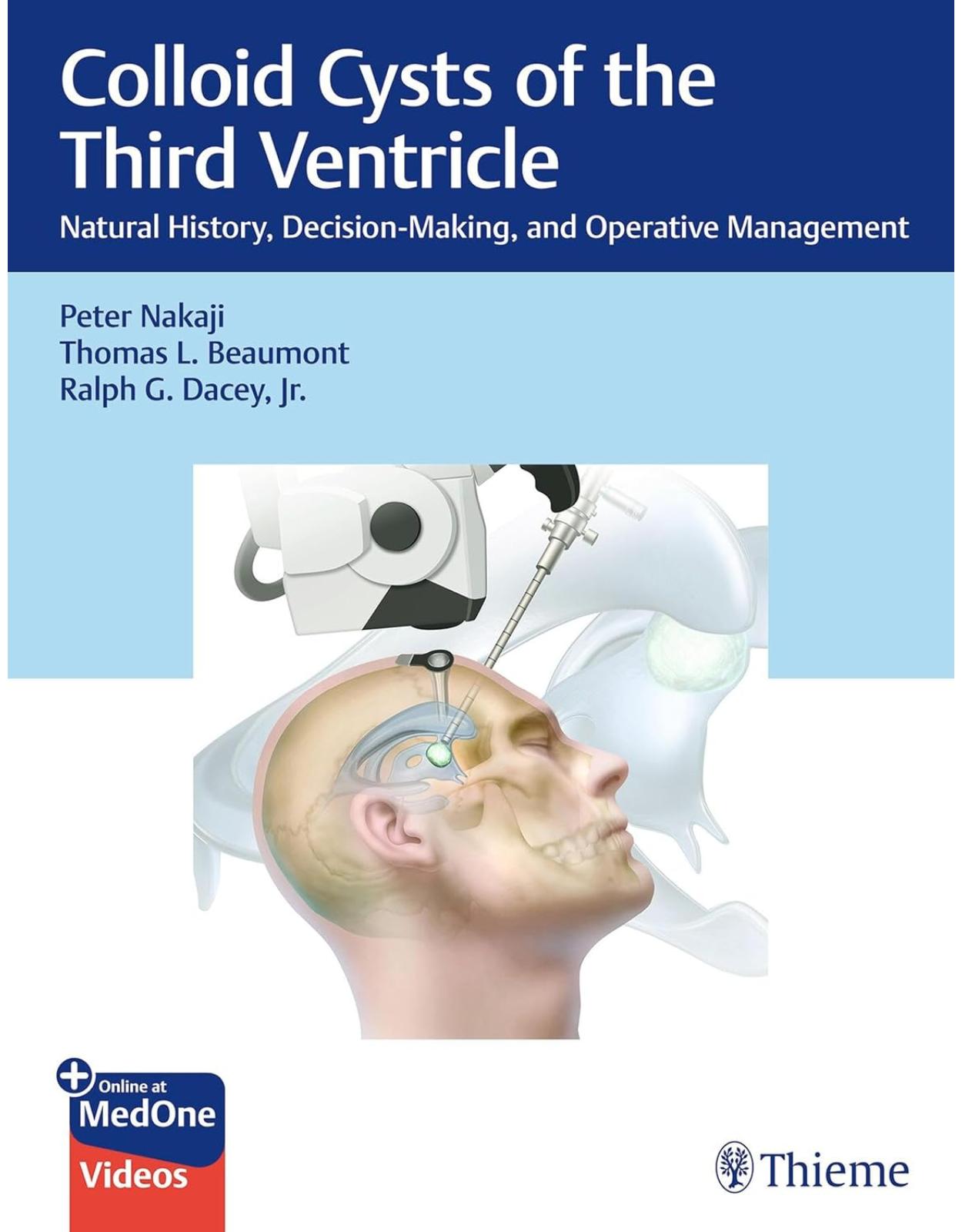
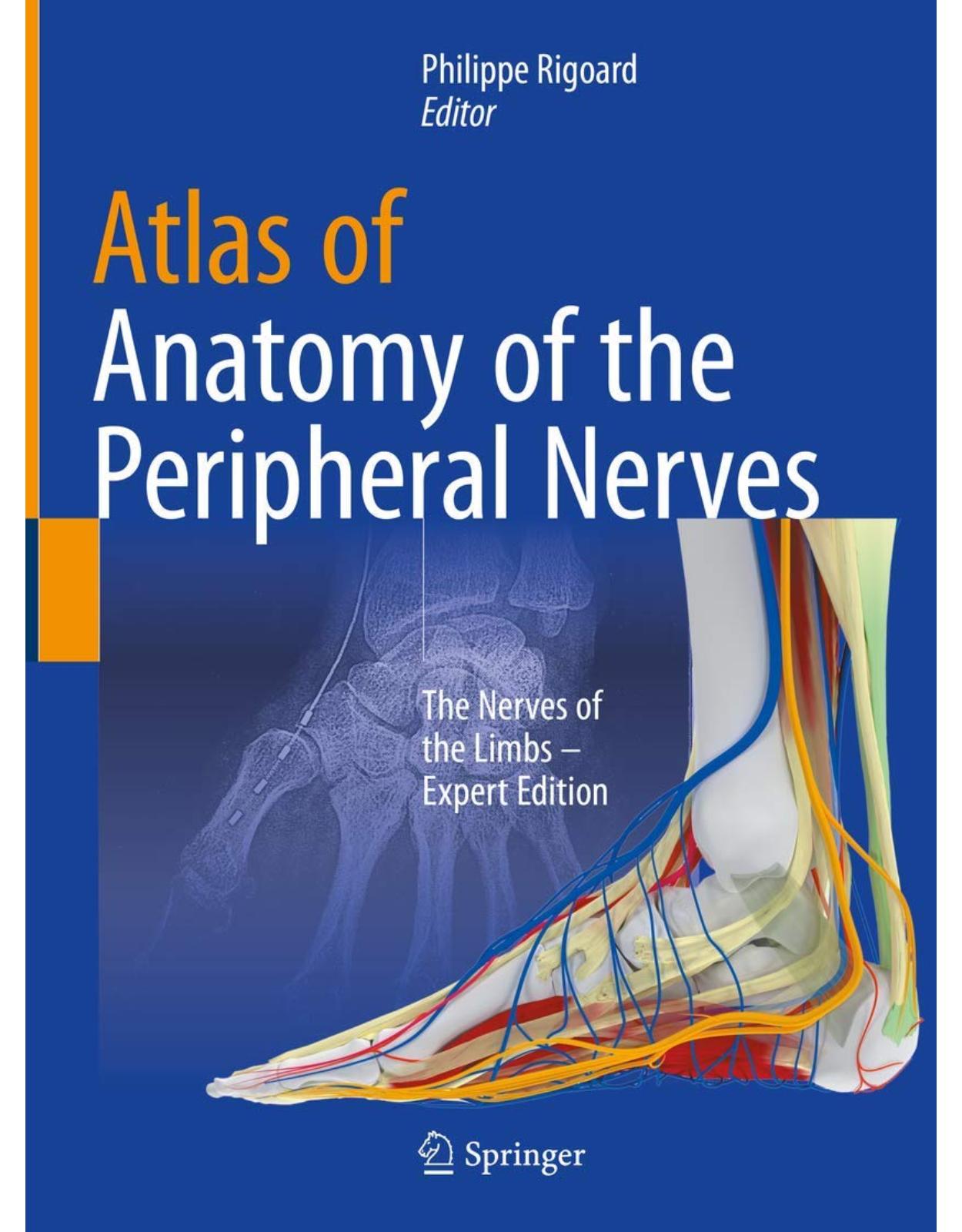
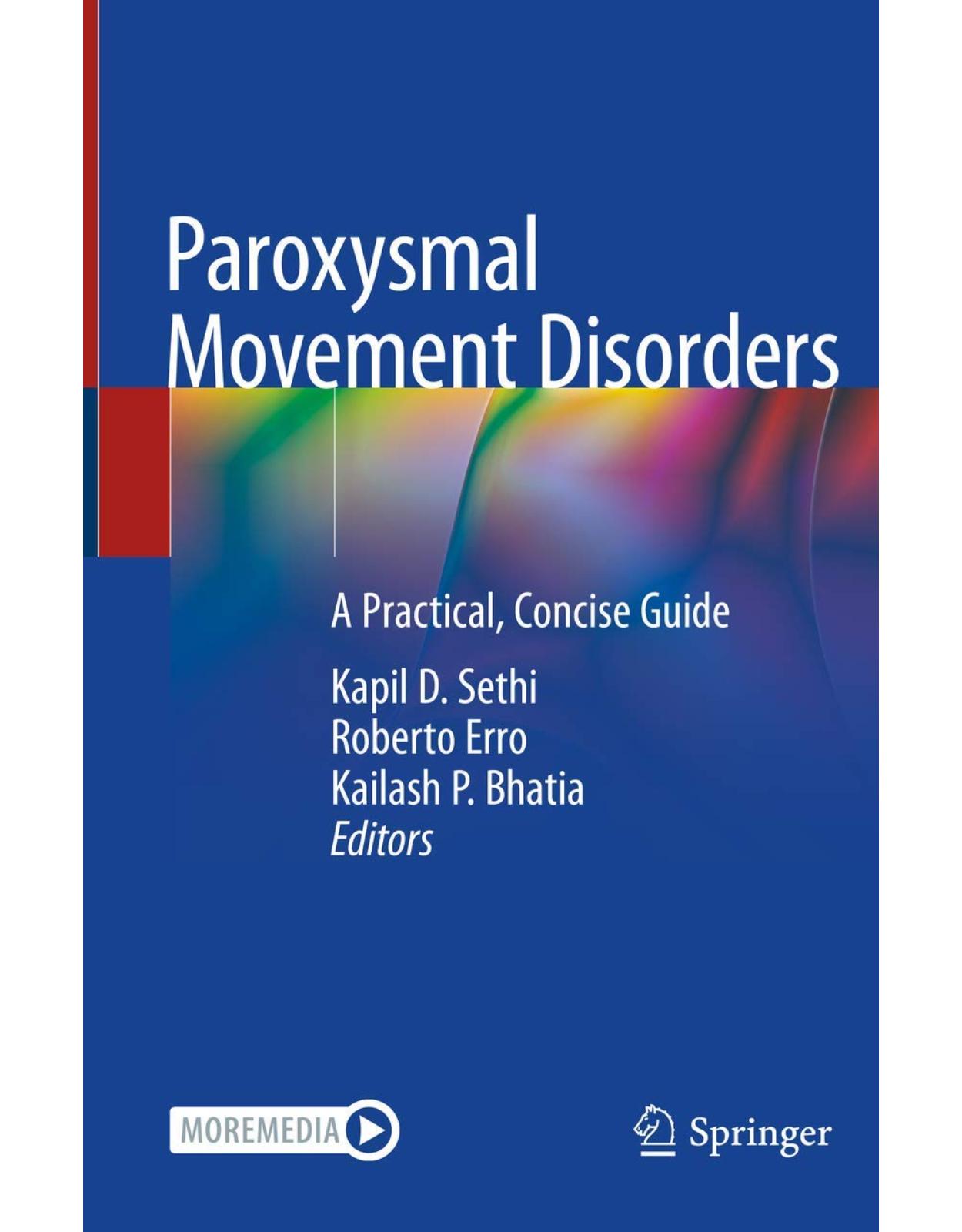



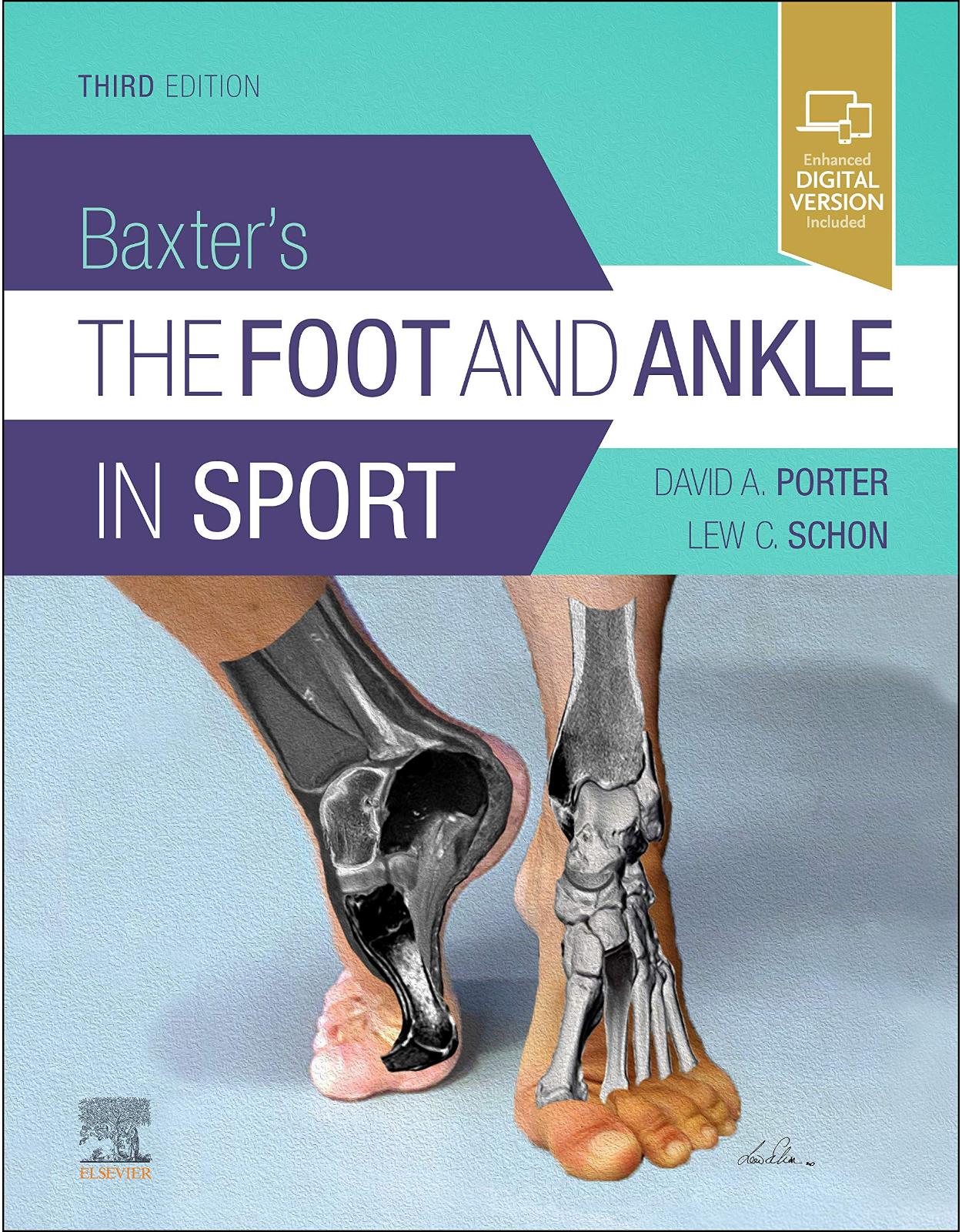

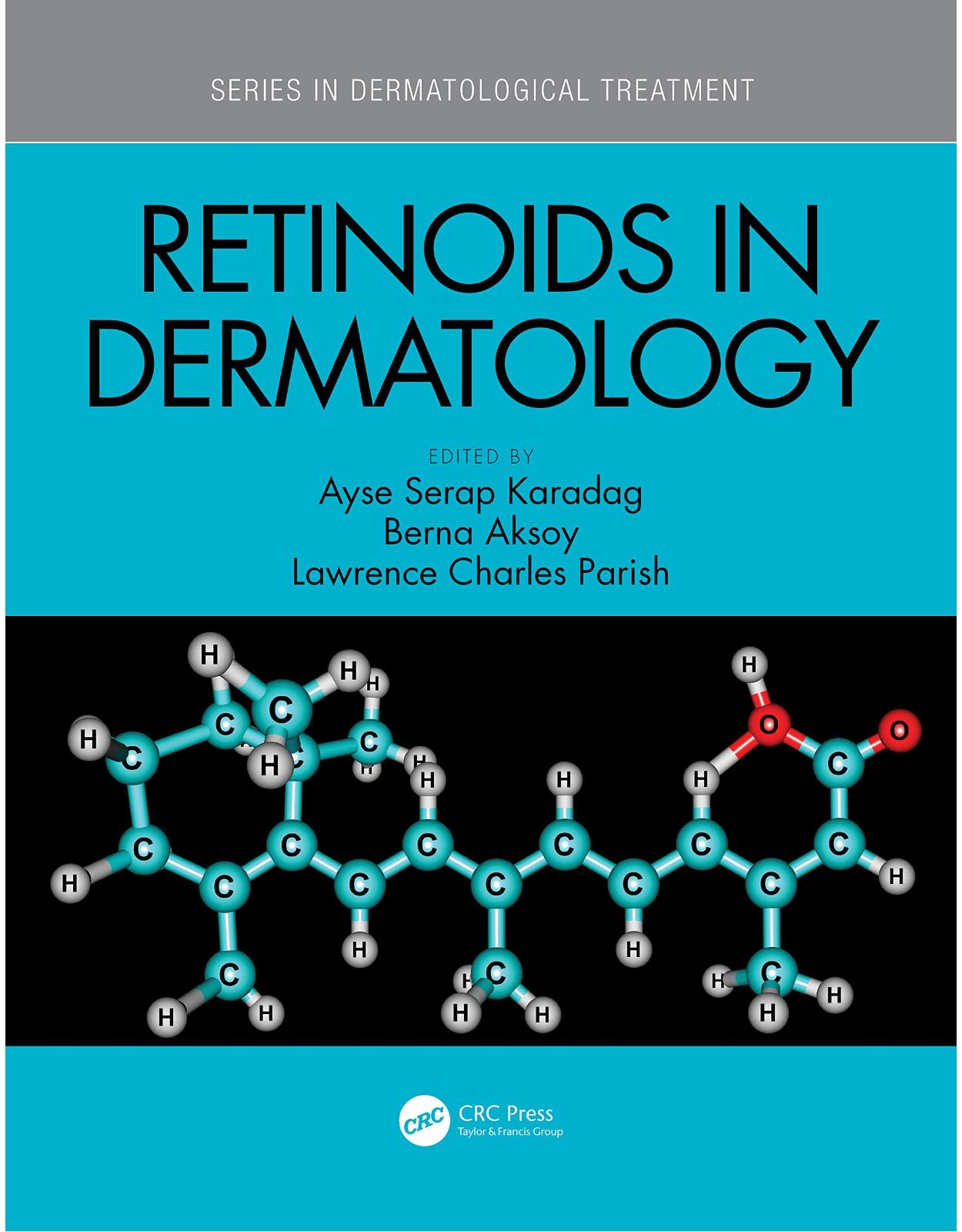
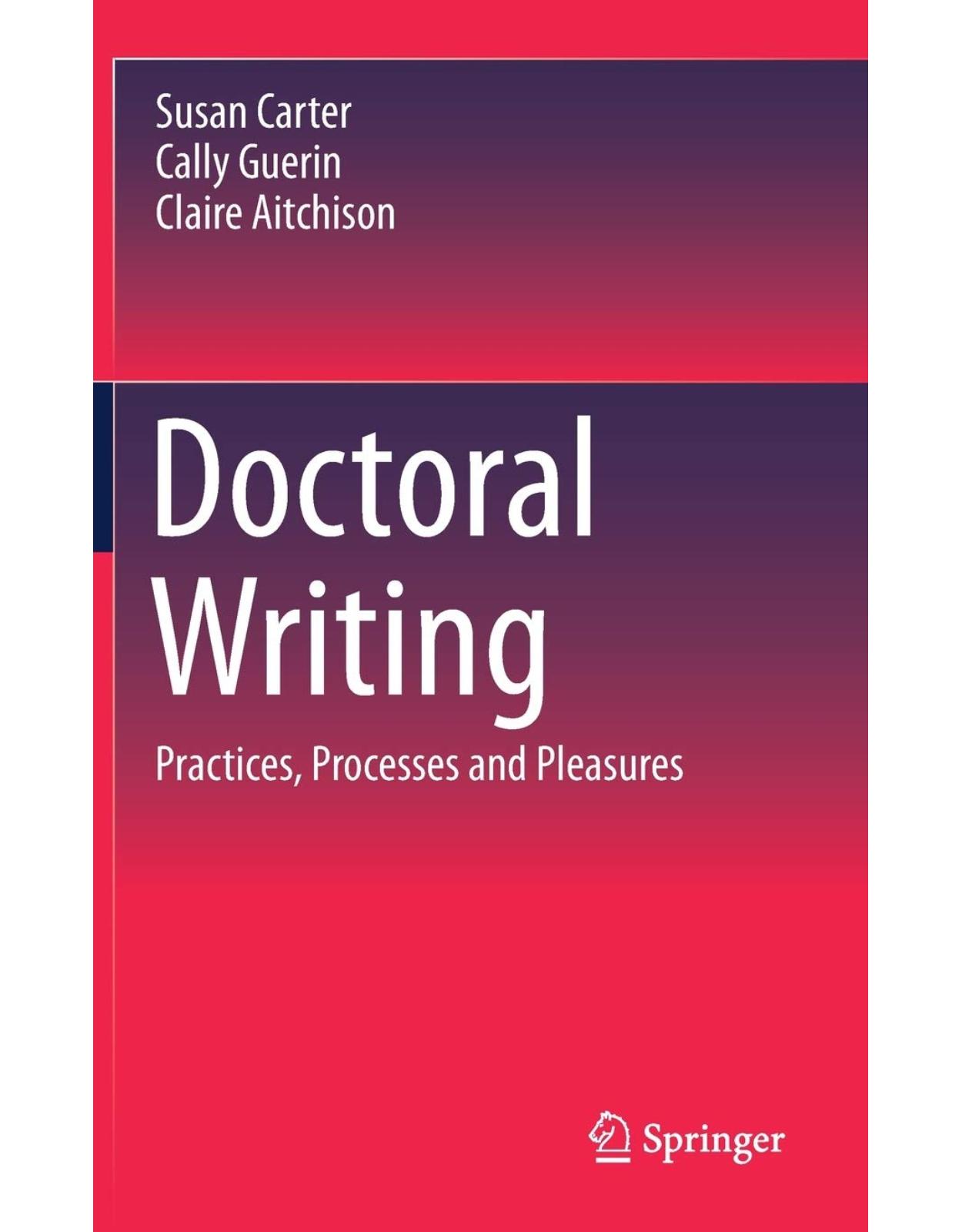
Clientii ebookshop.ro nu au adaugat inca opinii pentru acest produs. Fii primul care adauga o parere, folosind formularul de mai jos.